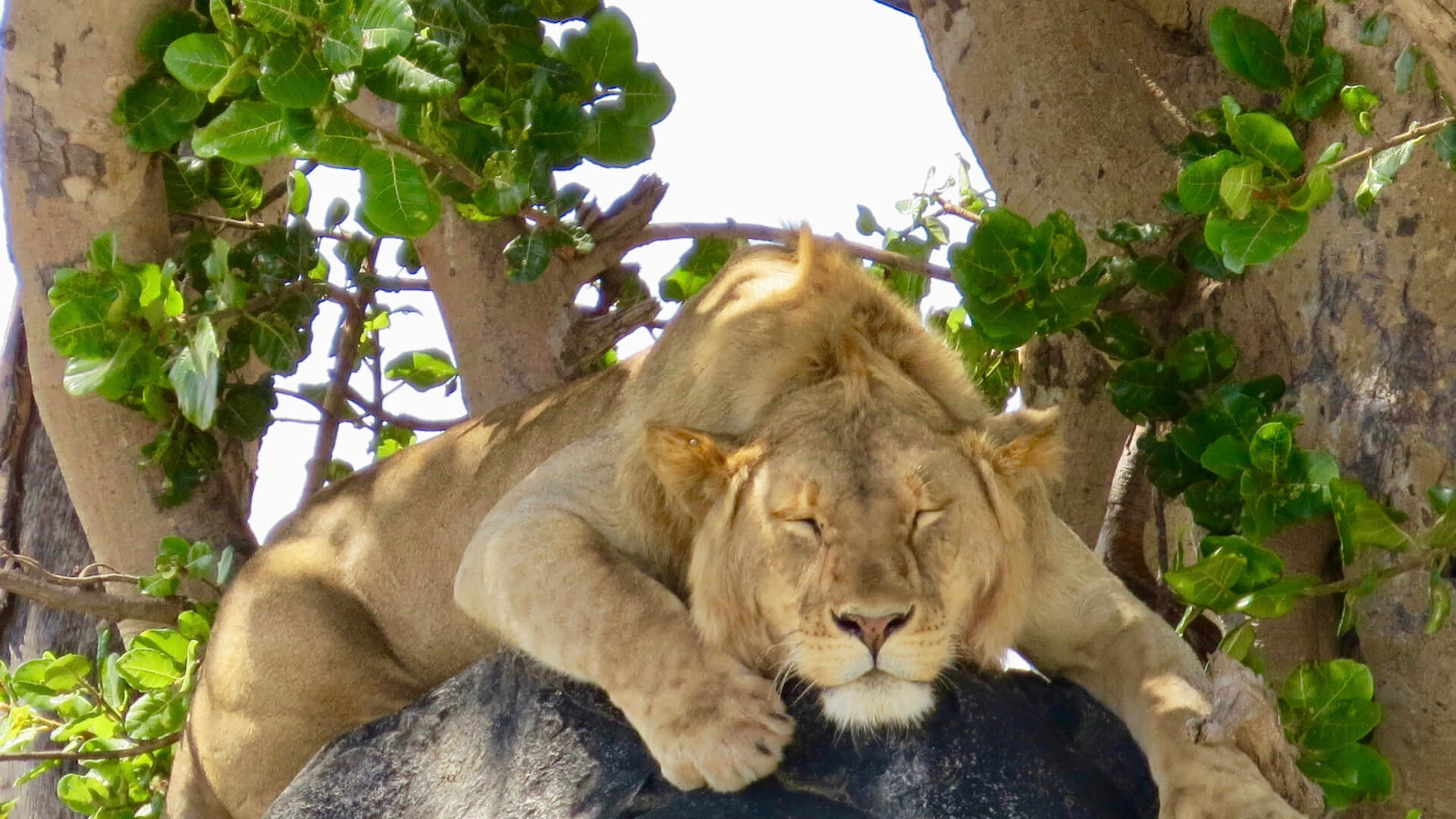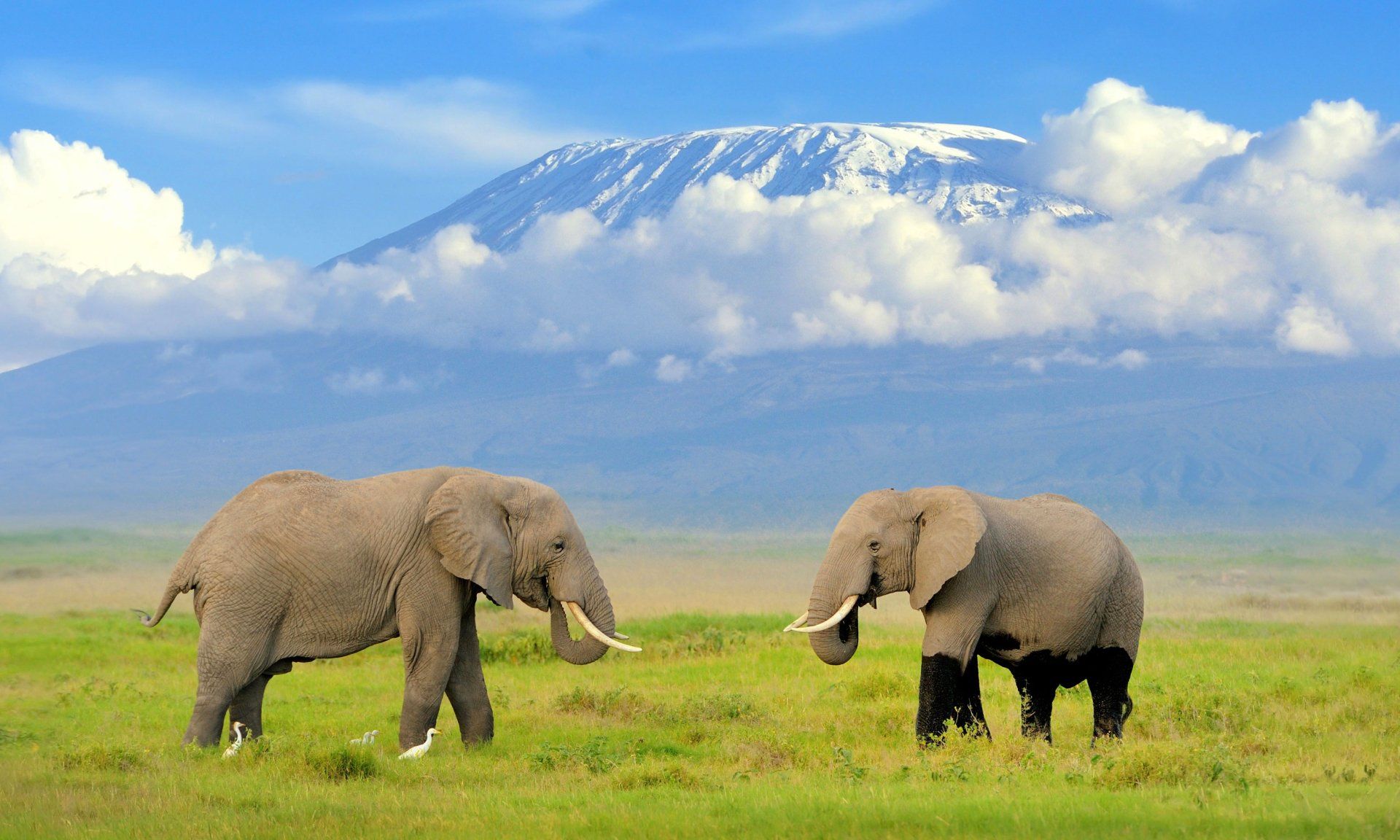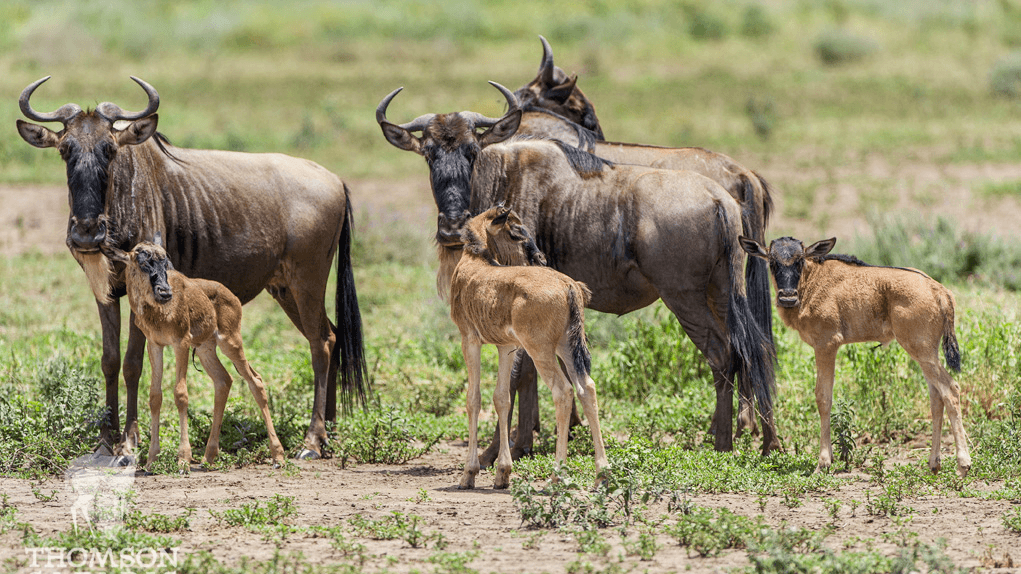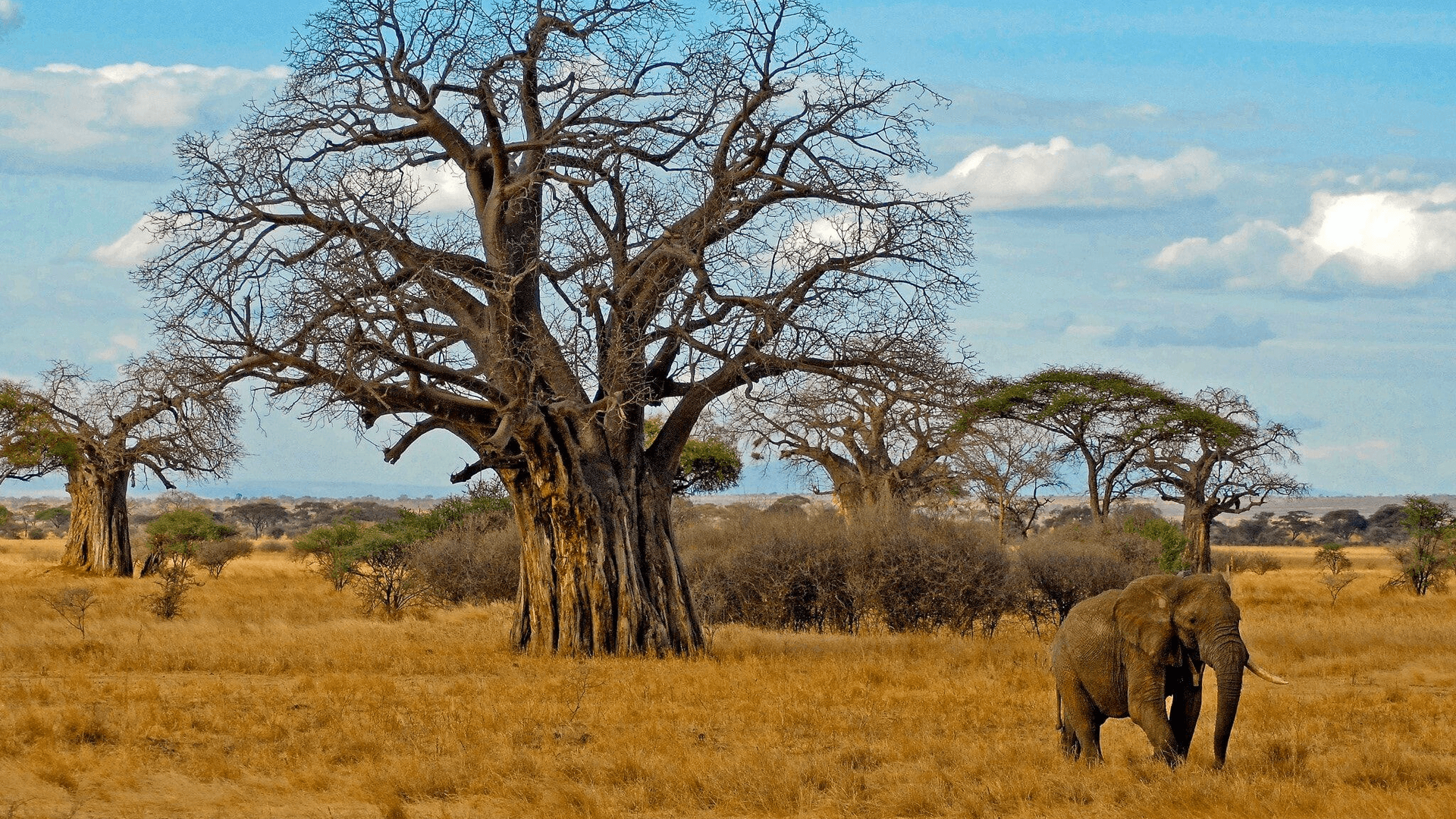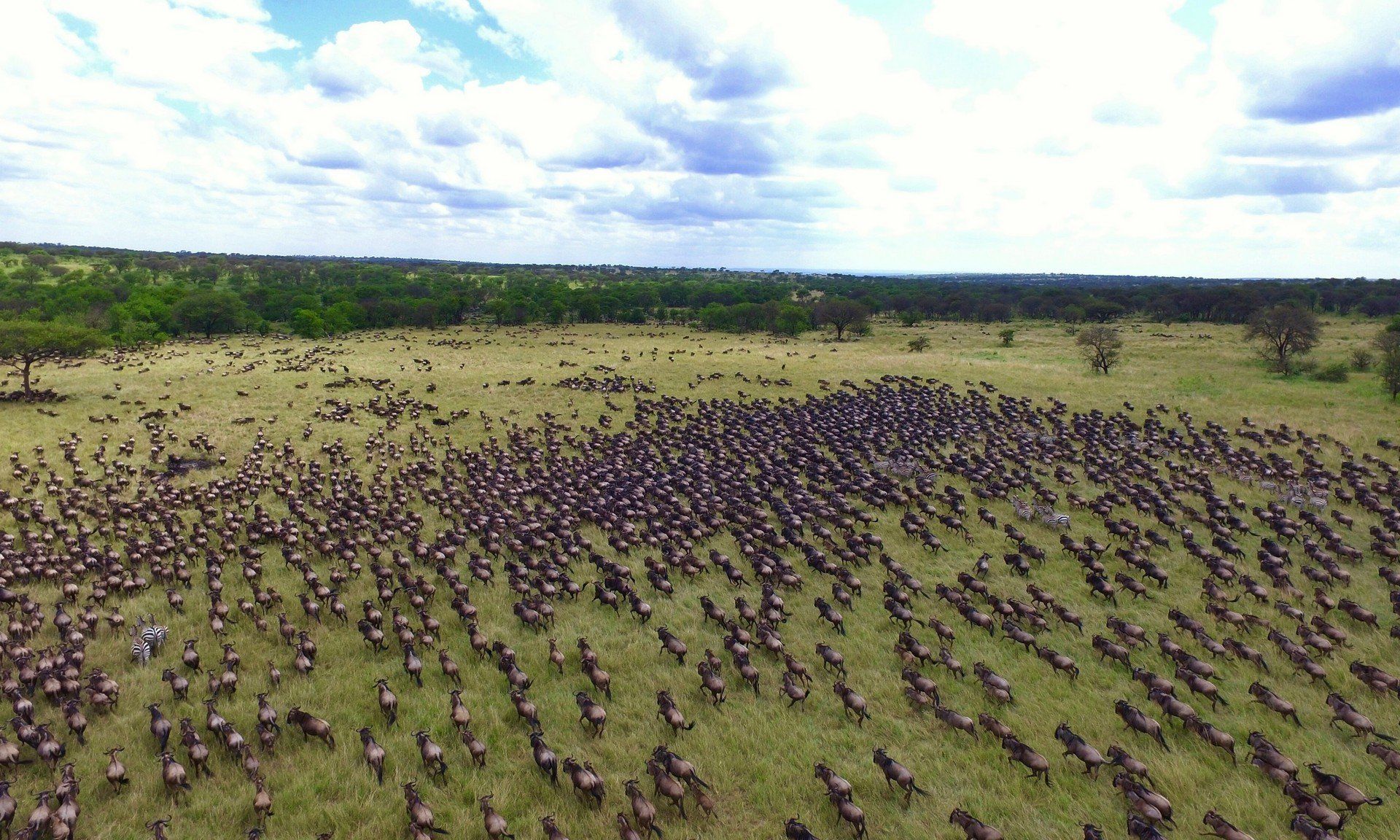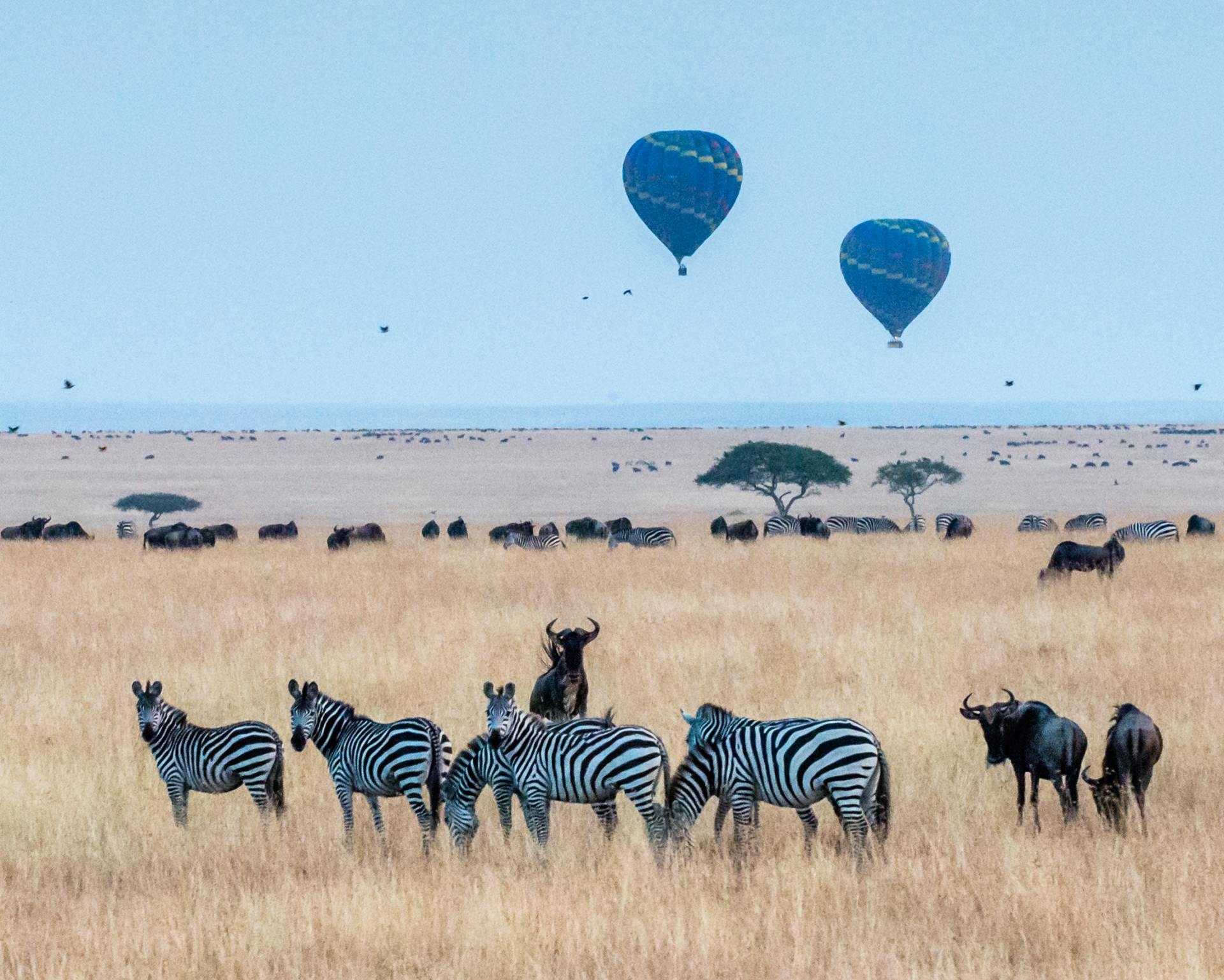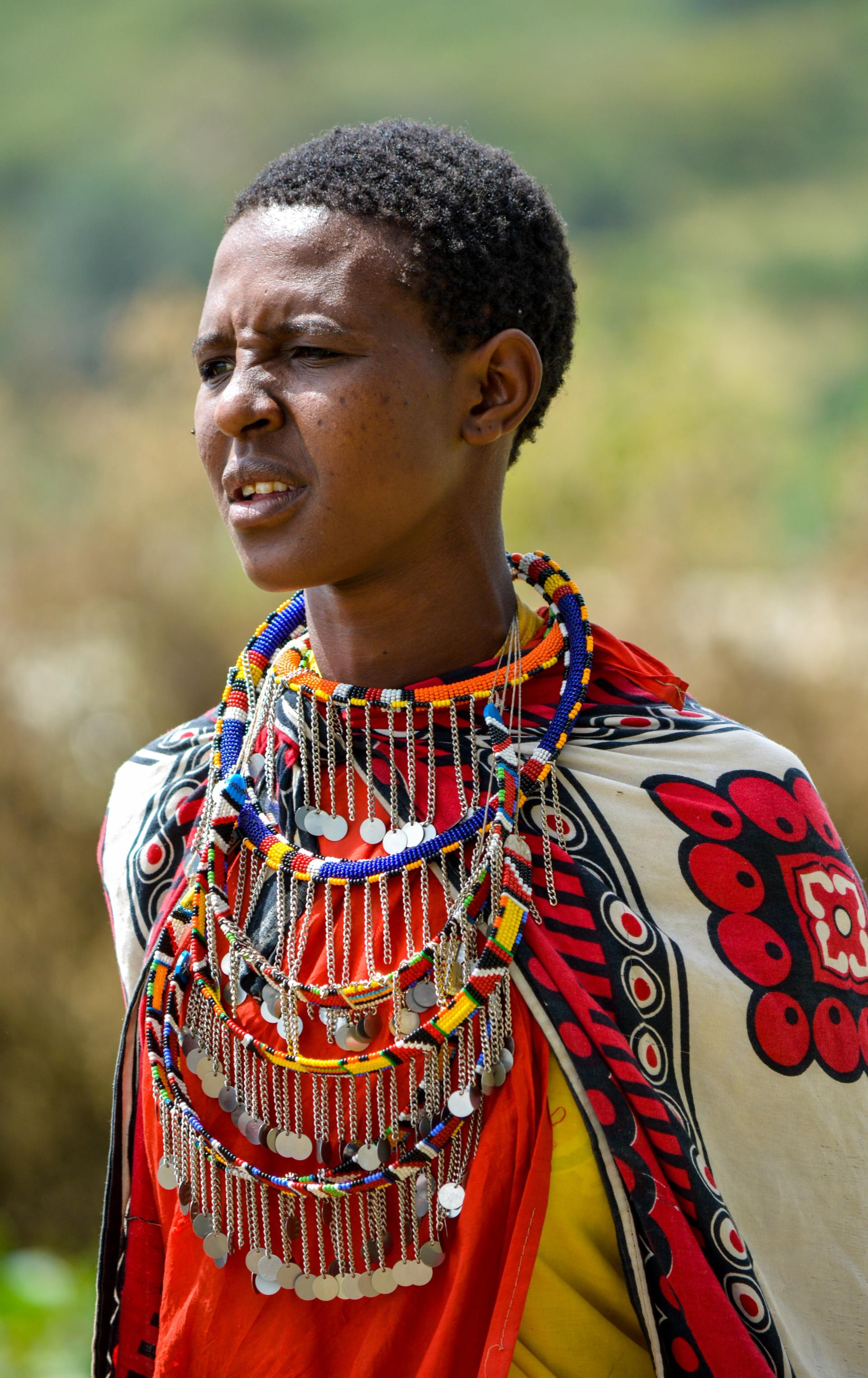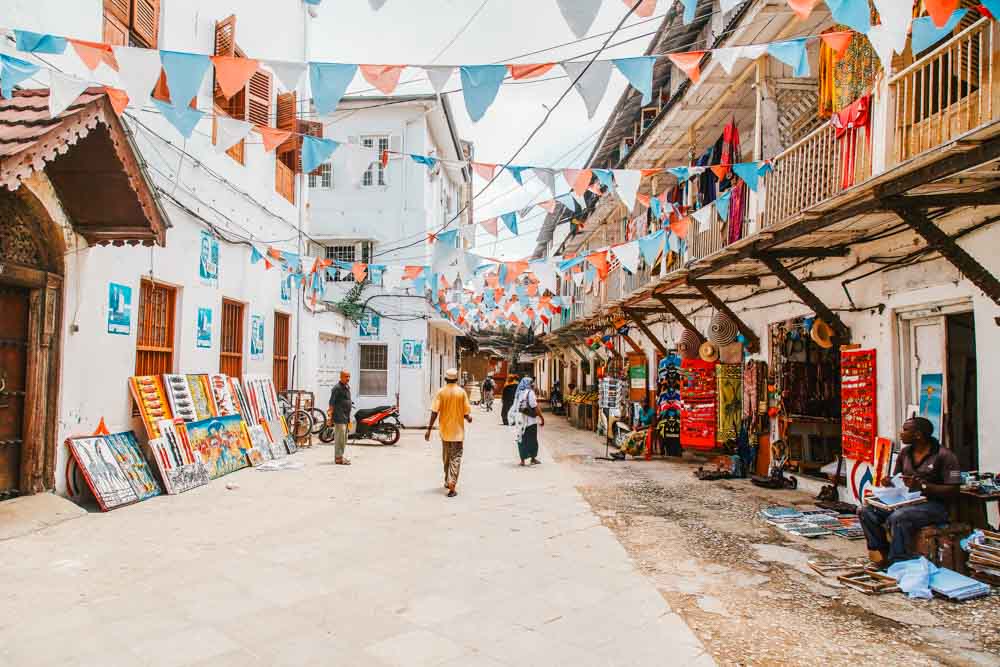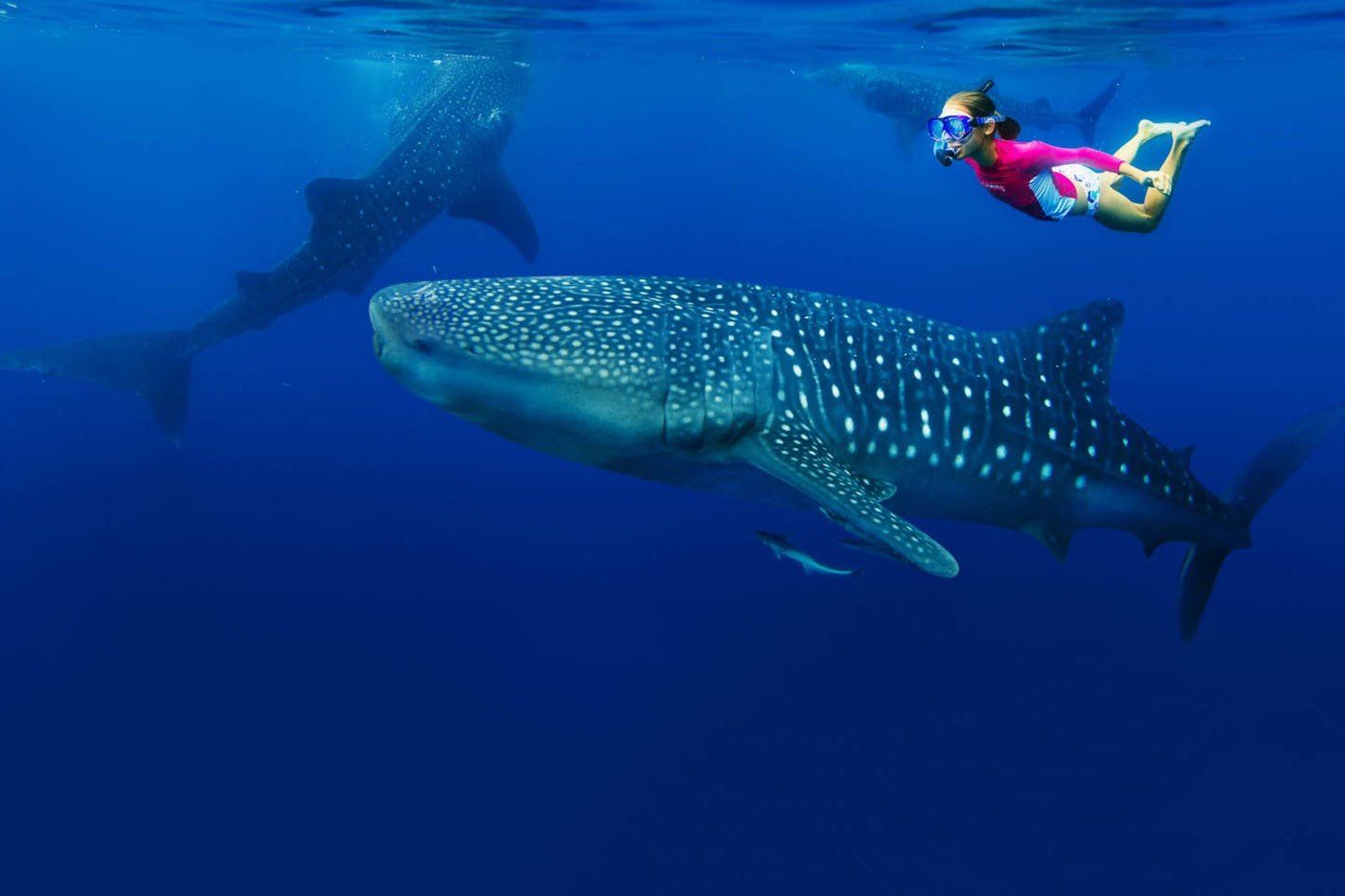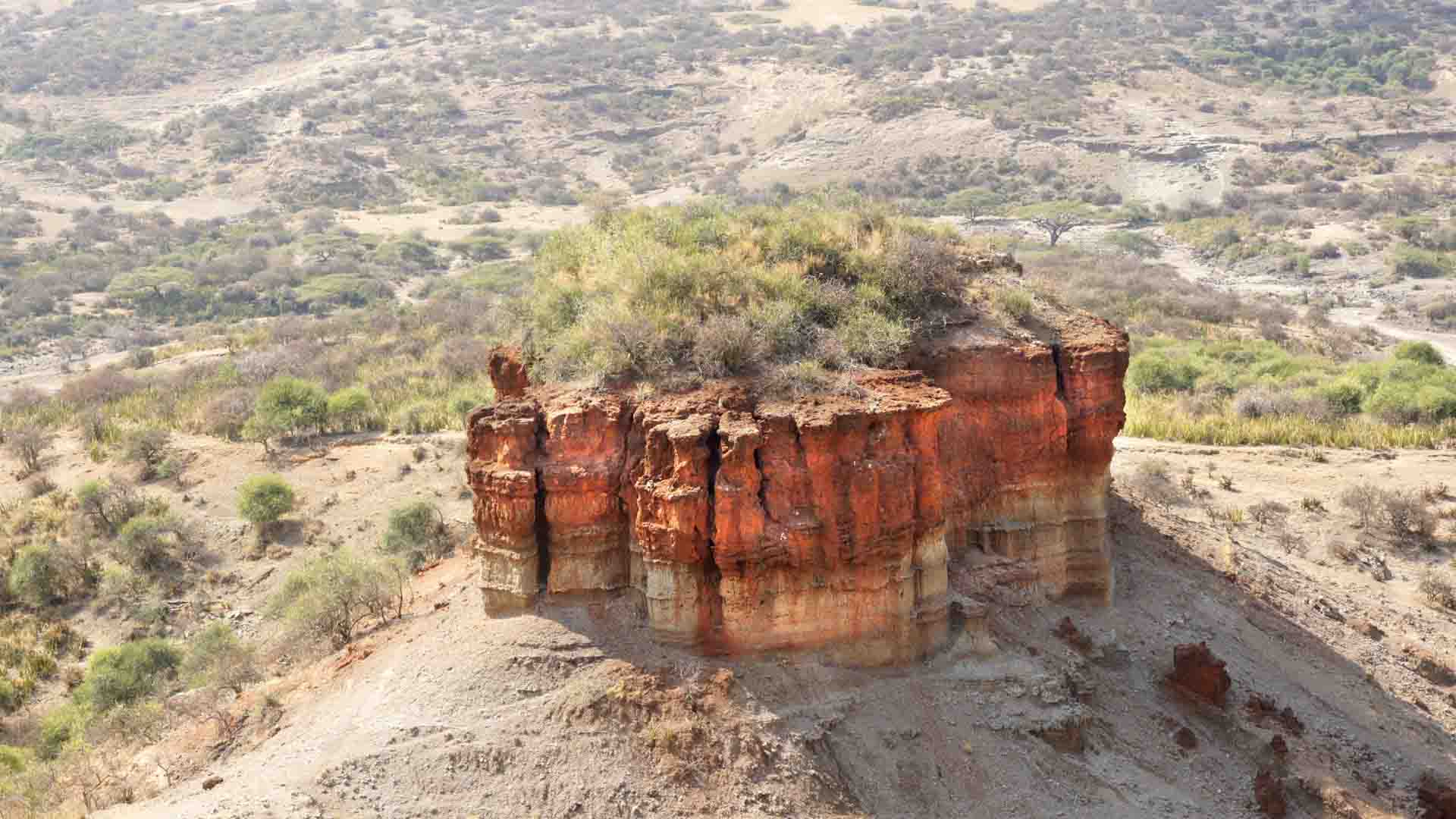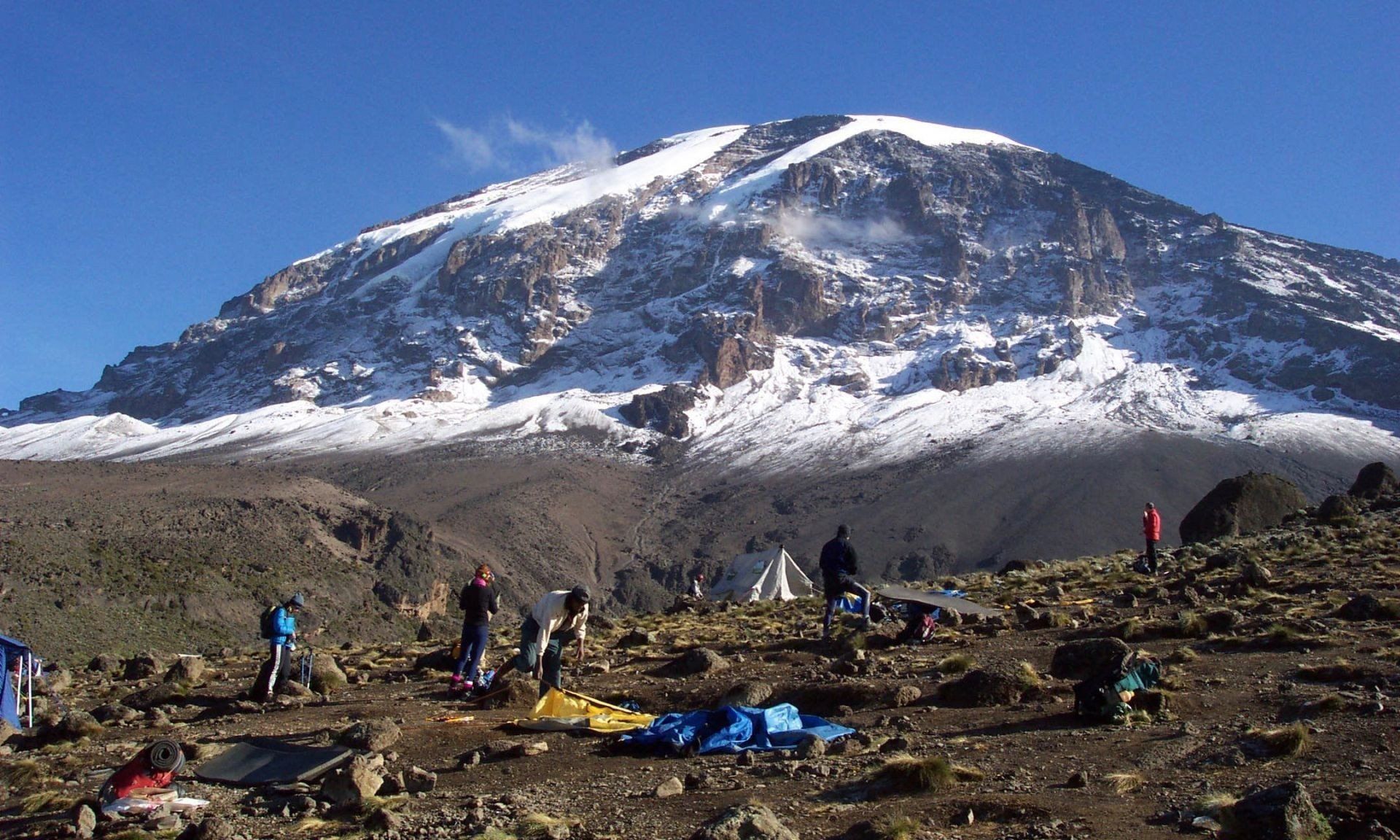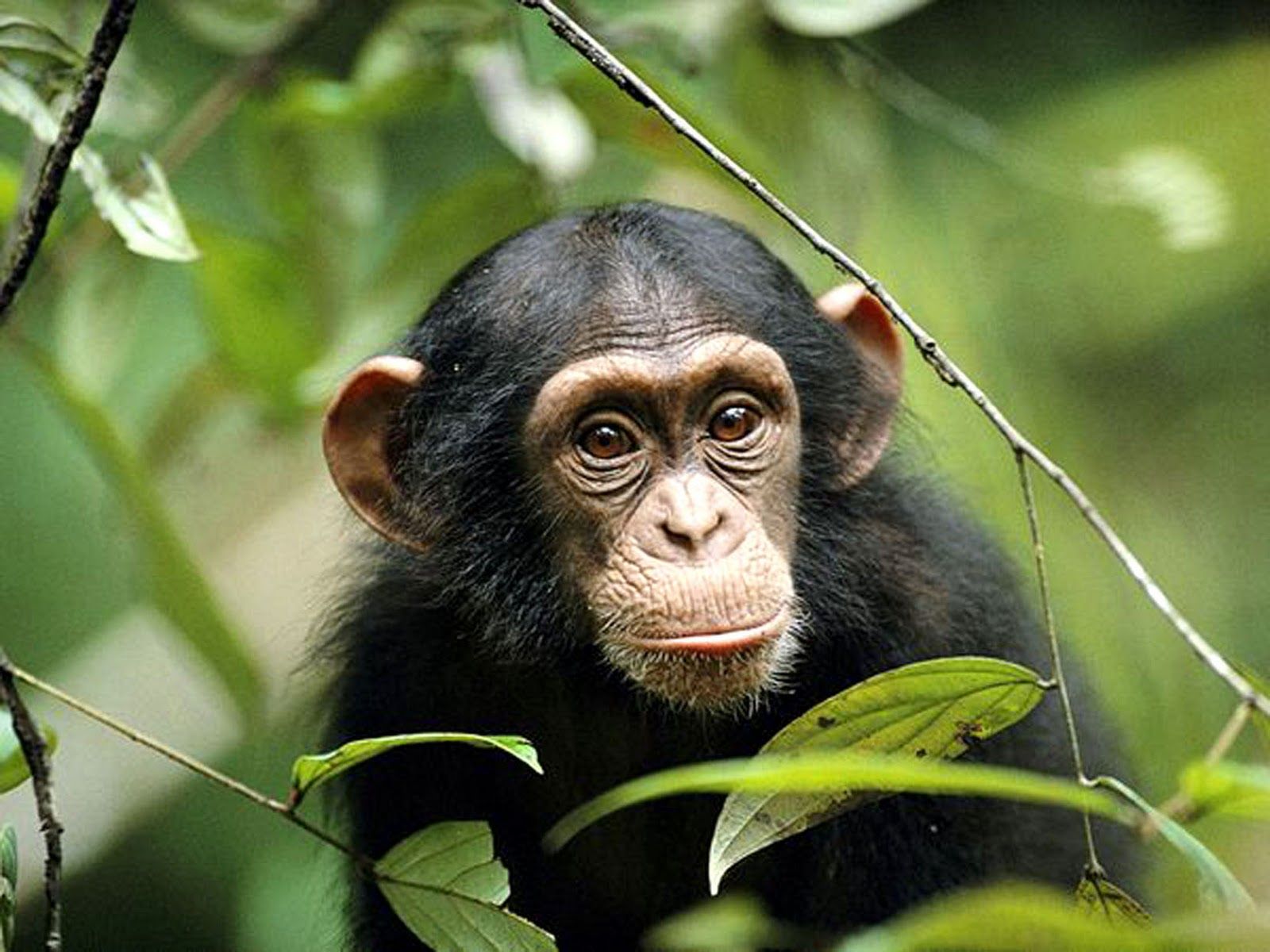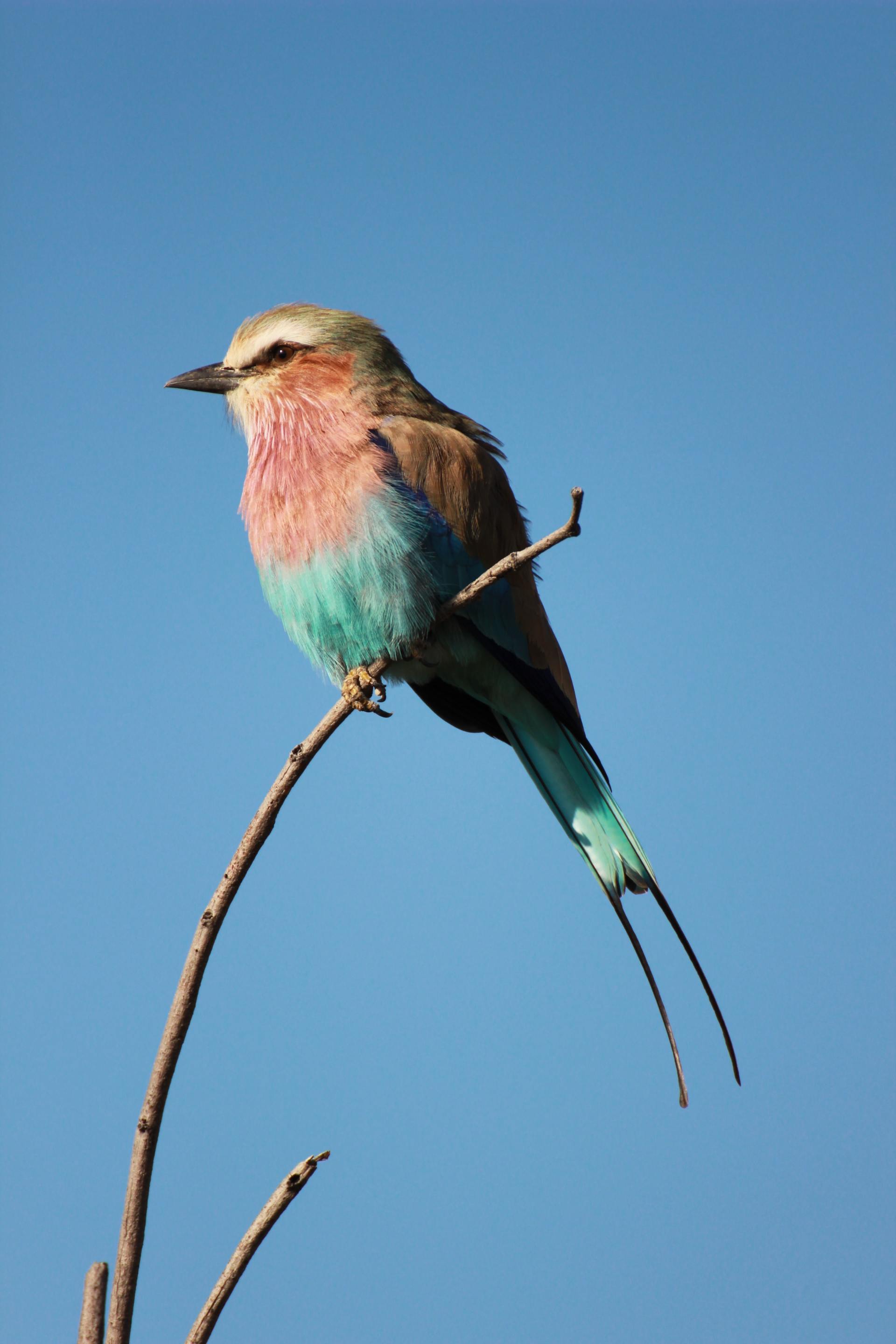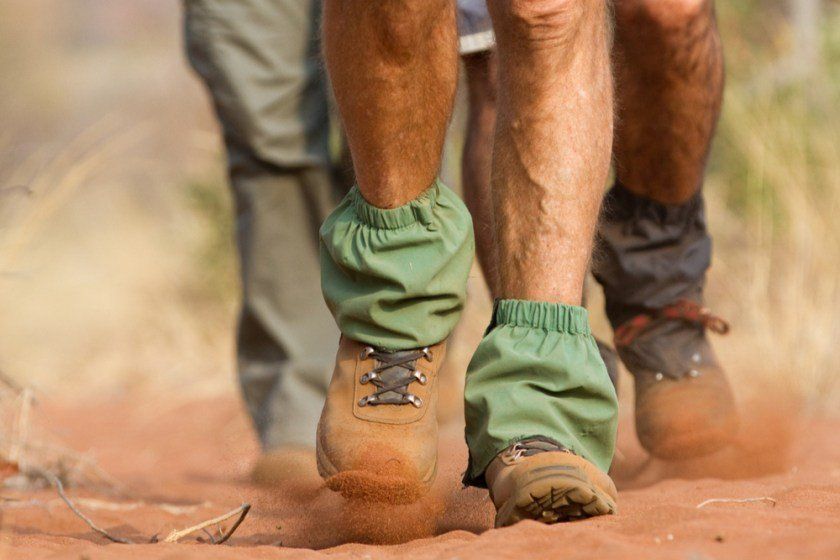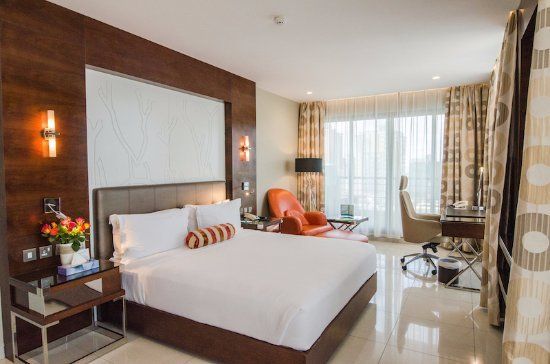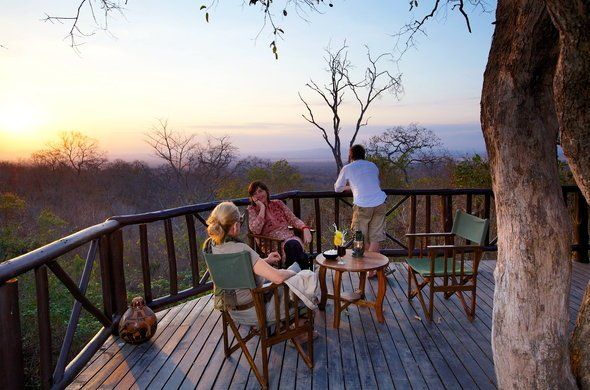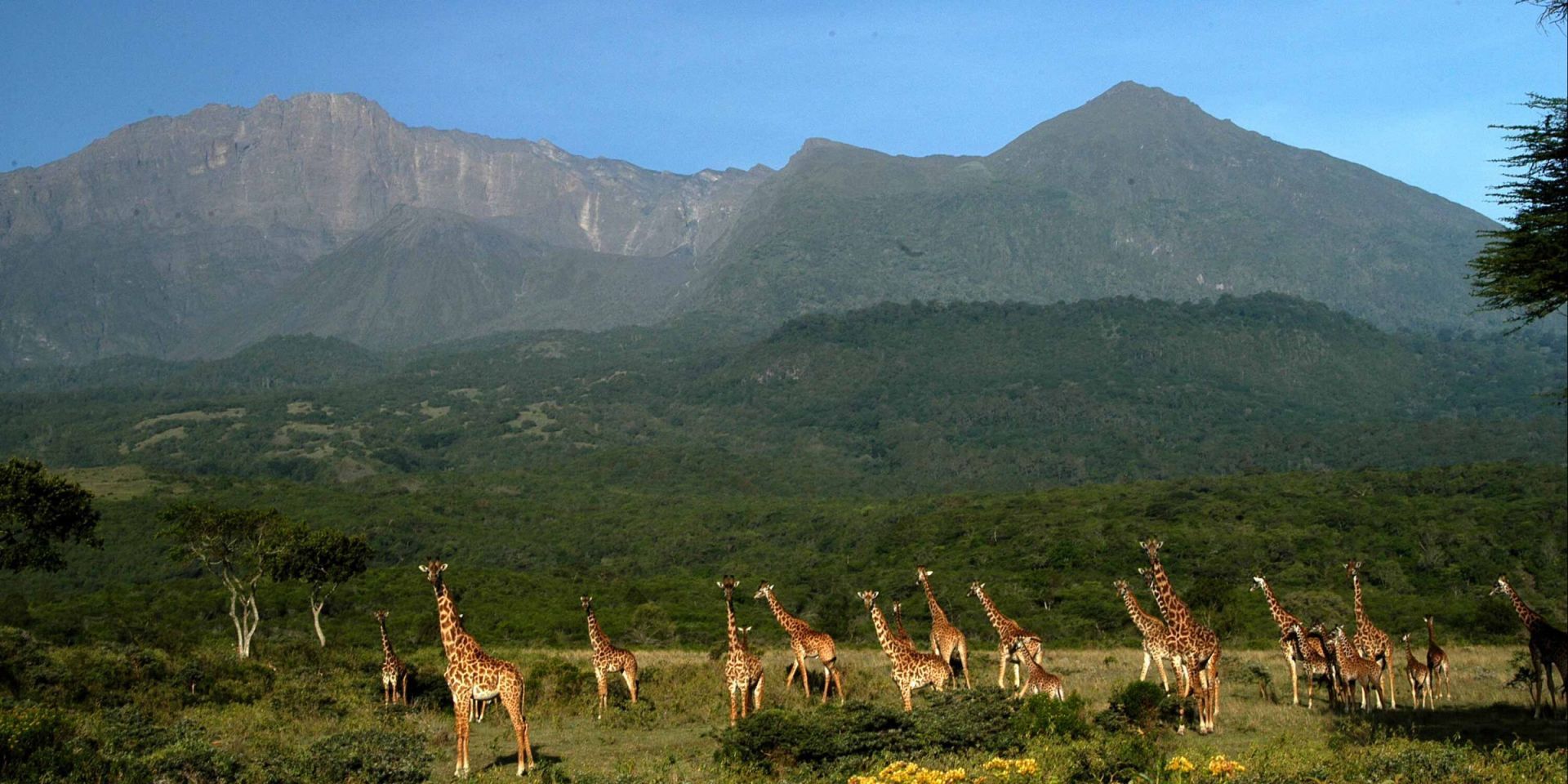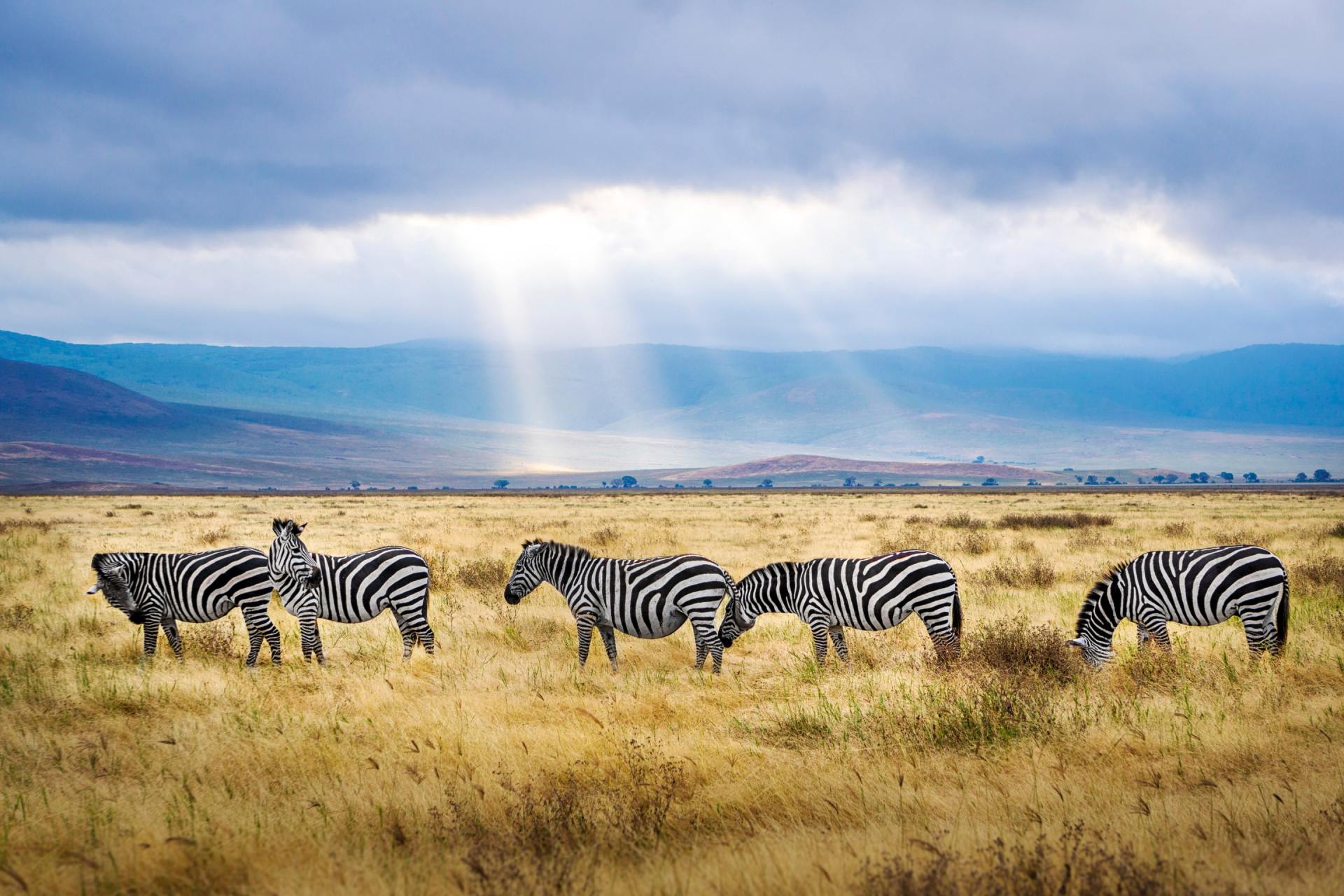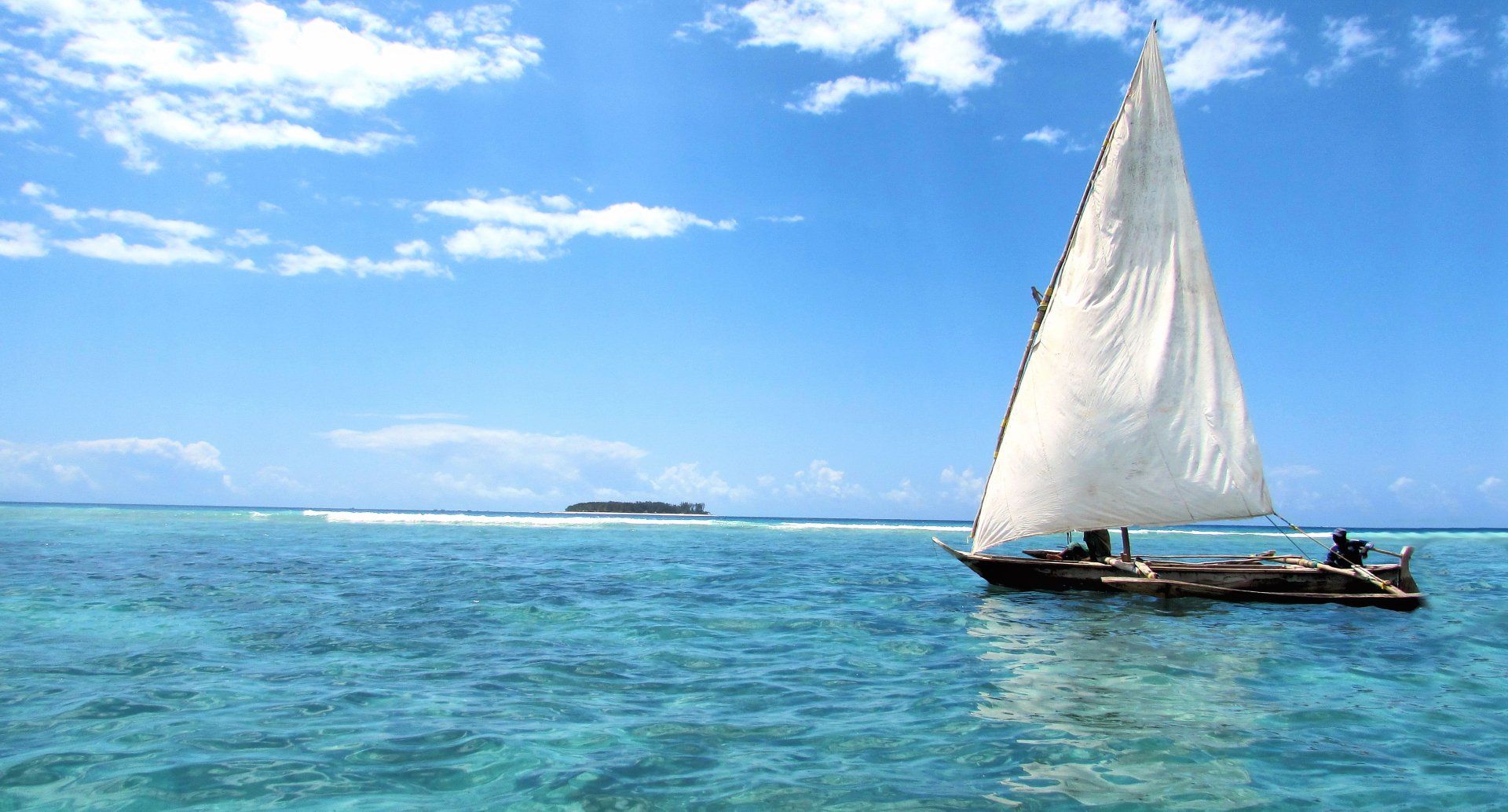TANZANIA
TRAVELLING TO TANZANIA
GETTING AROUND BY AIR
- DOMESTIC FLIGHTS
Regional flights are handled by the Arusha -, Dar Es Salaam -, Kilimanjaro -, Mwanza International - and Zanzibar airports. There are many smaller airstrips all over the country.
Domestic flights are the quickest and most comfortable option if you want to visit big parts of the country during your journey. There are daily scheduled flights linking key tourist gateways to various destinations and popular locations in Tanzania, including the game parks and the islands.
- DOMESTIC AIRLINES IN TANZANIA
- Air Tanzania
- Precision Air
- Regional Air
- ZanAir
- Safari Air Link
- Coastal Aviation
Predators Safaris can handle all internal and domestic travel arrangements within Tanzania and the Indian Ocean Islands (Zanzibar, Mafia and Pemba Islands including:
- Airport transfers
- Domestic flights
- Intercamp flights
- Private charter planes
- Road transfers
- Meet and greet services
- INTERNATIONAL AIRPORTS
- Julius Nyerere International Airport (DAR): Dar es Salaam, Tanzania's main airport. Located 13km/8minutes southwest of Dar es Salaam. The entry-point for visitors to the southern safari circuit.
- Kilimanjaro International Airport (JRO): The Airport is halfway between two major towns, Arusha and Moshi (40km from each town). Arusha is the starting point of the northern safari circuit and Moshi, at the base of Mount Kilimanjaro, is the starting point for most Kilimanjaro climbing expeditions. Note: Don’t confuse it with the smaller Arusha Airport, 8km west of Arusha, that handles domestic flights only.
- Zanzibar International Airport: Located on Zanzibar Island, at the southern edge of Zanzibar town. The airport offers frequent charter flights from Europe and several international carriers.
- INTERNATIONAL AIRLINES FLYING TO TANZANIA
Airlines that serve DAR ES SALAAM Airport with connections to the rest of Africa, Europe and the Middle East:
- Ethiopian Airlines from Addis Ababa (Ethiopia)
- Kenya Airways from Nairobi (Kenya)
- RwandAir from Kigali (Rwanda)
- SAA from Johannesburg (RSA)
- Emirates from Dubai
- Qatar from Doha (Qatar)
- LAM from Pemba (Mozambique)
- FlyDubai from Dubai
- Air Malawi from Blantyre (Malawi)
- KLM from Amsterdam (Nederland)
- Swiss Air from Zurich (Switzerland)
- Turkish Airlines from Istanbul (Turkish)
Please note:
Dar es Salaam Airport (DAR) to Dar Es Salaam City - Distance 20km, 45min drive. Private airport transfer cost from US$70.00 per vehicle (1-5 passengers).
Airlines that serve KILIMANJARO Airport with connections to the rest of Africa, Europe, Middle East and America:
- Ethiopian Airlines from Addis Ababa (Ethiopia)
- Kenya Airways from Nairobi (Kenya)
- RwandAir from Kigali (Rwanda)
- Emirates from Dubai
- Qatar from Doha (Qatar)
- FlyDubai from Dubai (via Dar es Salaam)
- KLM from Amsterdam (Nederland)
- Turkish Airlines from Istanbul (Turkish)
- Condor from Frankfurt (Germany - via Mombasa
- Air Kenya from Nairobi (Kenya) – from Wilson Airport (domestic)
- Safarilink from Nairobi (Kenya) – from Wilson Airport (domestic)
- Precision Air from Nairobi, Dar es Salaam & Zanzibar
Please note:
Kilimanjaro Airport (JRO) to Arusha City - Distance 55km, 1 hour drive. Private airport transfer cost from US$70.00 per vehicle (1-6 passengers).
Kilimanjaro Airport (JRO) to Moshi town - Distance 45km, 1 hour drive. Private airport transfer cost from US$150.00 per vehicle (1-6 passengers).
Airlines that serve ZANZIBAR Airport (all flight is via Dar es Salaam) with connections to the rest of Africa, Europe and the Middle East:
- Ethiopian Airlines from Addis Ababa (Ethiopia)
- Kenya Airways from Nairobi (Kenya)
- SAA from Johannesburg (RSA)
- Emirates from Dubai
- Qatar from Doha (Qatar)
- FlyDubai from Dubai
- KLM from Amsterdam (Nederland)
- Turkish Airlines from Istanbul (Turkish)
- Air Italy from Milan (Italia)
- Precision Air from Nairobi, Dar es Salaam, Arusha & Kilimanjaro
Please note:
Zanzibar Airport (ZNZ) to Stone town - Distance 10km, 20min drive. Private airport transfer cost from US$40.00 per vehicle (1-5 passengers).
Zanzibar Airport (ZNZ) to most of the beach resorts - Distance 55km, 1 hour drive. Private airport transfer cost from US$70.00 per vehicle (1-5 passengers).
-
AFRICAN WILD DOG SAFARI
VIEW DETAILS9-Days • 8-nights
from US$3,900 per person sharing
-
TANZANIA CLASSIC SAFARI
VIEW DETAILS7-Days • 6-nights
from US$2,580 per person sharing
-
BEST OF EAST AFRICA SAFARI
VIEW DETAILS13-Days • 12-nights
from US$4,668 per person sharing
-
BEST OF TANZANIA SAFARI
VIEW DETAILS11 Days • 10 nights
from US$3,432 per person sharing
-
TANZANIA DELUXE SAFARI
VIEW DETAILS7 Days • 6 nights
from US$2,427 per person sharing
-
GREAT MIGRATION CALVING SAFARI
VIEW DETAILS7 Days • 6 nights
from US$2,925 per person sharing
-
TARANGIRE NATIONAL PARK DAY TOUR
VIEW DETAILSDay Tour
from US$180 pp
-
LAKE MANYARA NATIONAL PARK DAY TOUR
VIEW DETAILSDay Tour
from US$180 pp
-
ARUSHA CITY DAY TOUR
VIEW DETAILSDay Tour
from US$180 pp
SAFARI PLANNING AND ITINERARIES
Travel experiences designed to give you more!
PREDATORS SAFARIS OFFER THE FOLLOWING
- Type of safari (travelling by light aircraft or by road in a private 4×4 vehicle)
- The number of nights you want to spend on safari
- Type of accommodation you prefer (budget, intermediate, luxury or ultra-luxury)
- When you travel (lodges in Tanzania offers different seasonal rates)
- Activities and local cultural interactions
- Add-on stays or beach holidays
Still not sure about what to do or where to stay?
GET IN TOUCHTANZANIAN ATTRACTIONS & HIGHLIGHTS
BEST TIME TO VISIT
- BEST TIME FOR WILDLIFE VIEWING
Your wildlife safari in both the Northern and Southern Parks in Tanzania will be best enjoyed during the dry season from June to October. The drier weather means that vegetation is less dense, making it easier to spot animals. Wildlife also congregates around sources of water making for exciting interaction and excellent game viewing. Even though these are the better months for game viewing, remember Tanzania’s wildlife is abundant all year round.
- BEST TIME TO SEE THE GREAT MIGRATION
This year-round phenomenon is dictated by rainfall, which sees the herds moving in constant clockwise motion throughout the Serengeti and Masai Mara.
The following information will give you a better idea of where and when to see the migration:
December to beginning of April - Herds are found in the Southern Serengeti and the Ngorongoro Conservation area (forms part of the Serengeti/Mara eco-system). The Calving Season from January to March showcases unforgettable scenes of thousands of wildebeest calves joining the already massive herds.
April to May - Typically presents the first signs of millions of wildebeest beginning their journey across the central plains of the Serengeti. You can expect rain showers during this period, but they are usually short and intense but certainly don’t last for hours.
June to July - Experience the Great Migration in the mid- and western parts of the Serengeti.
July to October - The migration moves to the northern section of the Serengeti and the Masai Mara (in Kenya). You might be lucky enough to see herds crossing the Mara river.
- BEST TIME FOR A BIRDING SAFARI
Tanzania is one of Africa's best birding destinations. It has the most bird species in Africa - over 1,100, of which over 800 species are resident and nearly 200 are regular migrants. There are 24 species endemic to Tanzania and a further 52 near-endemic species, restricted to Tanzania and its neighbouring countries. The best time for birding is during or just after the short rains from December to April. During this time the migratory birds move through different areas of the country and the scenery is lush and green, making it a birders paradise.
- BEST TIME FOR AN ISLAND/BEACH HOLIDAY
The sunny islands of Zanzibar are renowned for their idyllic white sand beaches and azure waters. Although the island and beaches of Tanzania are accessible year-round, different seasons offer different experiences.
The island and coastal areas are best enjoyed from June to October when the climate is cool and dry. August and September offer the best water clarity with incredible snorkelling and diving conditions. Another popular time to visit these tropical islands is from December to February when it is hot and dry.
- BEST TIME FOR CLIMBING MOUNT KILIMANJARO
It is essential to understand that the weather on Kilimanjaro is as changeable and unpredictable as mountain weather all over the world can be. The best climbing seasons are from December to March and June to October. The only real recommendation to climbers is to avoid the long rainy season between April and May as the mountain becomes slippery and treacherous. The average day temperature on the lower slopes is around 30°C, while temperatures can range from 5 to 15°C at 3000m in altitude during daytime. Night-time temperatures on the mountain can be well below freezing, even at your first campsite.
TANZANIA SAFARI PRICING EXPLAINED
- ACCOMMODATION
Your choice of accommodation has the biggest influence on the cost of your safari. We offer extensive accommodation options in Tanzania - from adventurous tented camps to luxurious safari lodges. Our ability to do this is based entirely on our extremely in-depth knowledge of Tanzania. Safari lodges offer mostly full board (breakfast, lunch and dinner included), but you also have lodges offering all-inclusive rates (drinks included). We know which hotels and lodges offer the best value for money and these are the ones we'll recommend.
- TRAVEL DATES
Things to consider when travelling to Tanzania is the type of holiday you are interested in (bush or beach), specific wildlife and animals you wish to see and the activities you would like to do. Some of the game reserves and national parks offer good game viewing all year round while others have particularly good sightings (migratory animals) at specific times of the year.
High season – June to October is the dry season with cooler temperatures. This is a great time for game viewing and see the wildebeest migration in Northern Serengeti with possible river crossings. High season is also the more expensive and busy time of the year. If you want to climb Kilimanjaro and visit Zanzibar, we recommend June-October.
Shoulder season - November to March is known as shoulder season. It is popular among clients who appreciate quieter travelling that offer reasonable prices. Keep in mind that the festive months (mid-December to mid-January) do become busier and pricey. Be advised to book well in advance.
Low season - During the low season game parks are less crowded and hotels and lodges offer discounted rates. Bird watchers can optimise the quietness and focus on enjoying the variety of rare bird species. You can also witness the wildebeest migration on the plain of the central Serengeti during this period.
- DESTINATIONS ON YOUR ITINERARY
Each national park or game reserve you add to your itinerary increases the price of your safari because of the transport and park fees involved. However, it is still more cost-effective to do one proper safari and see everything, rather than three smaller ones. Island and beach destinations are often less expensive than national parks as there are no park fees involved.
- PEOPLE TRAVELLING
Your driver, vehicle and fuel costs on safari remain consistent and are divided by the number of people in the vehicle. As a general rule, the more people per vehicle (we offer six-seater vehicles with guaranteed window seats), the lower the cost.
- OPTIONAL ACTIVITIES
While unlimited game drives between 06h00 and 18h00 are included in all of our safaris, several optional activities can be added to your safari. These range from relatively affordable adventures such as guided walking safaris to pricier options such as night game drives and hot air balloon safaris.
- MODE OF TRANSPORT
Transport on your safari is priced per vehicle and not per person.
Private tailor-made safaris’ cost is based on the exclusive use of a safari vehicle and your own driver-guide. Your safari can also include a combination of flights by light aircraft or using lodge vehicles on a shared base. It all depends on your itinerary and requirements.
Scheduled departure safaris with up to 6 guest per vehicles (all with guaranteed window seats) and the transport cost divided between passengers.
Flying safaris’ cost is based on flights by light aircraft between the areas you visit. You then have the option of sharing or exclusive use of a private vehicle (at an additional cost).
TYPES OF ACCOMMODATION ON TANZANIA SAFARI
- CITY HOTELS
The hotels have everything you need with restaurants, swimming pools, etc. They are ideally located to explore the cities, are close to the main airports and used to overnight before or after a safari. Tanzanian cities offer different standards of hotels - from budget to ultra-luxury.
- SAFARI LODGES
Larger, permanent structures built of brick and mortar. They often have fabulous facilities such as restaurants, swimming pools and even spas. Lodges offer facilities and experiences that can range from offering pure comfort up to ultimate five-star luxury. For first-timers and families who want all the modern conveniences and excellent facilities, lodges are usually the best choice.
- PERMANENT TENTED CAMPS
This option provide the best of both worlds: closeness to nature by camping without sacrificing the superb comfort of a traditional lodge. The campsite consists of individual canvas tents and a communal main tent where meals are served. Many of these camps offer a level of luxury that would typically only be found in the very best five-star hotels with ‘tents' boasting air-conditioning, luxury bathrooms and even private plunge pools! Tented camps suit clients who long for an excellent safari experience. Options range from basic to luxurious.
- MOBILE TENTED CAMPS
The significant advantage of mobile tented camps is that it takes you closer to nature. You can enjoy wildlife while sitting at your dining table and enjoy the ambience of Africa. These small, intimate camps are mobile and are set up as the wildebeest migration progresses. camps are constructed in the open bush and there are no barriers. Even though animals roam free, our guests' safety is a top priority. Despite sleeping in the heart of one of the world's vastest wildernesses, you will feel completely safe snuggled up in bed in your canvas tent shelter. Camps are fully serviced by permanent staff who continuously aim to offer a luxury experience in the wilderness. We use bucket showers and our staff will ensure that you have enough warm water for an exhilarating experience! Solar and back-up generators supply power. As the sun sets over the savannah, you'll enjoy a delicious chef prepared dinner by a crackling campfire as the distant sounds of Wildebeest drift across the plains. Even if you are not a camper, it is worth spending at least a few nights under canvas. Although there are no air conditioning or main electricity, most mobile camps are very comfortable.
- FLY CAMPS
Experience a unique experience of sleeping out in the wild with only the sounds of the African bush, the stars being your only light. This is one of the most amazing experiences you can have on safari! The fly camping tents are made of see-through mosquito net to offer a 360degree view of one of the most unique settings you will ever sleep in. Camp staff set up the fly camps in advance and you can either walk there as part of your safari activity or drive there after your last game drive. Fly camping is about adventure, not luxury. Your tent is simple, the bed is very comfortable and the crew prepare fantastic meals in the middle of the wilderness. There is an outside bucket shower and bathroom facilities.
- BUDGET CAMPING
Campsites are the most basic of accommodation in terms of facilities and amenities. There are public and private campsites. At public campsites you might have to share the site with other travellers. There is an ablution block with showers and toilets. While you share the ablution block with other campers, showers and toilets are arranged as single cabins. Dome tents usually have simple beds/mattresses with linen and duvets. There will be a kitchen block where meals are prepared and your camping crew will wash the dishes
- BEACH RESORTS
Round off your safari with a beach holiday at the Indian ocean Island of Zanzibar, Pemba Island, Mafia Island or the Tanzanian coast. All resorts are superbly located and offer white sandy beaches. Unwind entirely and experience a high level of service, excellent facilities, beautiful surroundings and exciting activities. We highly recommend that you end your safari or trekking holiday with a few days on the beautiful white sandy beaches of the Tanzanian coast.
SAFARI CIRCUITS (National Parks)
NORTHERN CIRCUIT
SOUTHERN CIRCUIT
WESTERN CIRCUIT
COASTAL CIRCUIT
-
TANZANIA NORTHERN CIRCUIT
VIEW NORTHERN CIRCUITNational Parks in the Northern Circuit of Tanzania
-
TANZANIA SOUTHERN CIRCUIT
VIEW NATIONAL PARKSNational Parks in the Southern Circuit of Tanzania
-
TANZANIA WESTERN CIRCUIT
VIEW WESTERN CIRCUITNational Parks in Western Circuit of Tanzania
-
TANZANIA COASTAL CIRCUIT
VIEW COASTAL CIRCUITNational Parks & Coastline of Tanzania
THE PEOPLE AND CULTURE
REVIEWS
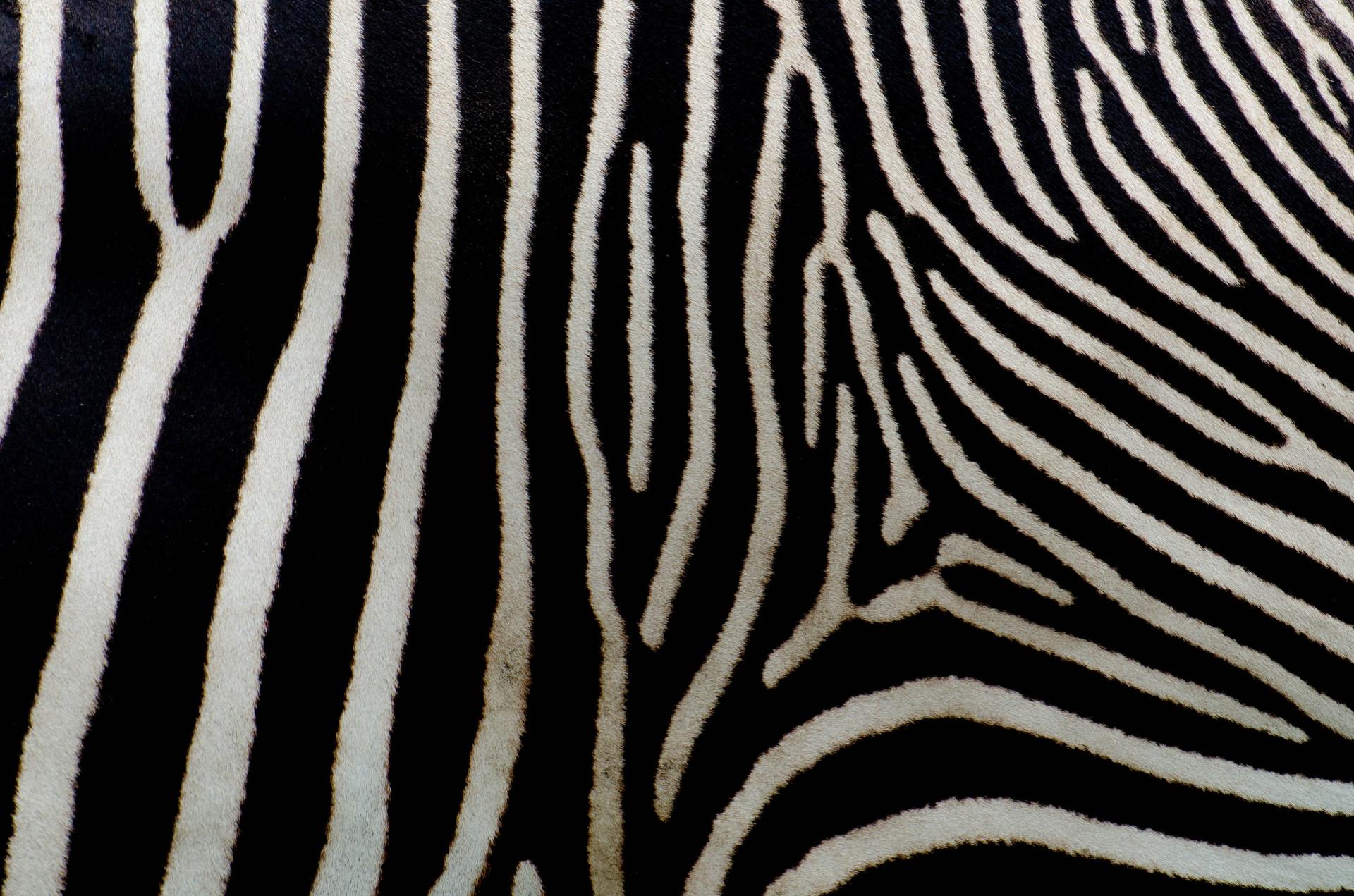
"If you need to discover Serengeti, please use this service provider. Their guides are excellent, full of the knowledge of all things Tanzania- fauna and flora. They respect all cultures and wildlife. Robert, our guide was a true mensch. He managed to get a prime position and show us wonderful sightings. He has a great relationship with all the other guides. We called him the "mayor of Serengeti ". Gaidi and Joseph, the other drivers, also chatted to us and made the entire experience wonderful. They were always on time and made sure we were looked after. Robert enjoyed the river crossings with us with running commentary."
Ilonka - South Africa
Button
"We have a tailored family trip to conservation areas in Tanzania. We were lucky to have Dennis and Frank as our extremely professional tour guides. We started from Lake Manyara and headed to Serengeti national park. We have seen already 4 out of 5 animals from the big five, only rhino missing (and probably we will see it also in the following days). In Serengeti, there are plenty of cats, and we saw all the big cats, namely lion, cheetah and leopard more than once. The guides are able to tell everything about the game (even more than one would expect). Besides, the guides are both friendly and talkative. They have a great sense of humour and they listen to our wishes. I am looking forward to the last few days in the safari."
Johannes - Finland
Button
"We were on a 7-day safari. It was a great trip. We arrived at Mount Kilimanjaro airport. Our guide/driver picked us up and delivered us Arusha Serena Lodge. The safari started here as George began pointing out interesting details about the surrounding area. He was very knowledgeable and willing to answer all our questions. We had arrived a day earlier than the other members of our safari group. George made a point to find us and introduce the others as they arrived. From here we went to Lake Manyara national park. Then onto the Serengeti national park and the Ngorongoro Crater. It was a great trip and managed wonderfully by our driver-guide, George. I would highly recommend the Predator Safari Club."
Greg - Tennessee
Button
FREQUENTLY ASKED QUESTION
- DO LODGES AND CAMPS HAVE MOSQUITO NETS?
The majority of lodges and safari camps have fitted mosquito nets around their beds to reduce the risk of insect bites.
- HOW LONG ARE THE DRIVES BETWEEN LODGES?
The drive times from lodge to lodge will vary, but most of the lodges in Tanzania are between five- and seven-hour drive apart. There are, however, several lodges that are only an approximate three-hour drive from one another. Where long drives are involved, we recommend that you fly between these areas. All the parks in Tanzania can be reached by light aircraft and there are frequent flights between the parks.
- WHAT SHOULD I WEAR ON SAFARI IN TANZANIA?
Temperatures are generally mild but can become considerably cooler in the evenings. Always pack something warm as places like Ngorongoro Crater can get very cold. Bring comfortable clothing for game drives and walks.
Your packing list should include:
- A small flashlight and batteries
- Adapter plugs and convertors for electrical devices
- Sunglasses, sun hat and sunscreen
- Long-sleeved shirts, pants, t-shirts, shorts, sweaters and tops
- Good walking shoes
- A good camera, batteries and a charger
- Insect repellent
- Light rain gear
- Warm clothes for the mornings and evenings
- Binoculars
- Basic medical kit
*When you book with Predators Safaris, we will send you a detailed packing list according to the areas you visit.
- WHAT IS THE GREAT MIGRATION?
The Great Migration, also known as the "Wildebeest Migration," has been listed as one of the seven natural wonders of Africa. Over two million wildebeest, zebras and gazelles move through the Serengeti (Tanzania) and Masai Mara (Kenya) ecosystems in search of green pasture, in a regular pattern. It is the greatest show on earth, a natural spectacle like no other and a life-changing experience.
- WHEN IS THE GREAT WILDEBEEST MIGRATION?
You can see the Great Migration in the Serengeti all year round (in different areas of the park). The wildebeest migrate in a circular motion around the Serengeti National Park as such it is an ongoing event.
Please click here for detailed information on the wildebeest migration patterns.
- WHAT ARE THE ENTRY REQUIREMENTS?
You must have a passport that is valid for a minimum of six months beyond your date of entry and with at least three remaining blank pages. Most nationalities require visas for Tanzania. You can apply for your visa to Tanzania Mainland and Zanzibar through the online visa link. You are required to complete and pay your application online. We recommended applying at least a month prior to your visit.
- WHAT TYPE OF VEHICLES DO WE USE ON SAFARI?
Predators Safaris utilises a fleet of modern vehicles consisting of mostly 4X4 Land Cruisers. The majority is less than 2 years old and undergo an extensive pre-safari inspection in our workshop to ensure the safety of our clients. Vehicles accommodate up to 6 clients in 3 rows of seating (guaranteed window seat for all) with a pop-up roof that can be raised for wildlife viewing. Our Land Cruisers are equipped with reference books on African mammals and birds. We offer unlimited kilometres to make sure you get the best game viewing opportunities while on safari.
- HOW EXPERIENCED IS MY SAFARI GUIDE?
Our safari guides are the ones who make the difference between a standard safari in East Africa and a once in a lifetime experience! Our specialist safari guides are permanently employed and of the best calibre. Their life spent in Africa has equipped them with immense knowledge of local conditions, customs and natives. They are naturalists who know and love the country and wildlife. Their benefit to the client regarding enjoyment and an intensified personal experience of their African journey will exceed all expectations. We proudly offer an excellent, hand-picked team, able to provide superior service to our clients.
- WHERE ARE THE BEST PLACE IN TANZANIA FOR BIRDING?
Tanzania and Zanzibar offer fantastic opportunities for birders. There are over 1,000 bird species on record of which over 20 are endemic.
Hot spots for birding:
- Serengeti - 500+ species
- Tarangire - 500+ species
- Selous - 440+ species
- Lake Manyara - 400+ species
- Arusha National Park - 400+ species
- Pemba island - home to four of Tanzania’s endemic bird species, the Pemba scops owl, Pemba sunbird, Pemba white-eye and Pemba green pigeon.
- IS TANZANIA A GOOD FAMILY DESTINATION?
With its famous lion prides in the Serengeti, pristine beaches of Zanzibar and its friendly people, families with a good sense of adventure will enjoy any safari in Tanzania.
- WHAT LUGGAGE SHOULD I BRING?
Most important when choosing safari luggage is mobility. You will move between several different modes of transport (aeroplane, vehicle and lodges), so plan accordingly. We recommend bags that have a hard-braced bottom with wheels and soft sides. When packing, keep in mind that you can do laundry at lodges/camps where you overnight for two or more nights. Some of the lodges/camps also offer a same-day laundry service at a reasonable price. If your safari includes flights by light aircraft, please take note of the luggage restriction of 15kg per person, including hand luggage.
- HOW MUCH MONEY SHOULD I TAKE?
Aside from shopping, you will need money for drinks, tips and incidentals. From our experience, most clients spend between $400 and $500. Major credit cards are accepted in city hotels and stores and at bigger lodges but some camps and rural shops only accept cash.
- WHAT HAPPENS IN CASE OF AN EMERGENCY OR SICKNESS?
It is a requirement that all our clients travelling to Tanzania must have travel insurance which includes cover for medical treatment and emergency air evacuation. In the unfortunate event that you find yourself in need of urgent medical care, our office in Arusha will offer 24-hours assistance.
- HOW MUCH SHOULD I TIP-ON SAFARI?
Tipping in Tanzania is not compulsory but always appreciated. The amount will always depend on your own opinion and personal satisfaction. Based on our experience, we suggest the following amounts as a rough guide:
- US$10 per guest per day on a group safari
- US$20 per guest per day for a private guide
- US$5 per guest per day for lodge/camp staff
- US$1 to porters at the lodges/camps carrying your baggage
- US$2 - US$5 per guest to your butler per stay (if staying at tented camps where you have bucket showers)
- WHAT IS THE MINIMUM AGE FOR CHILDREN?
Tanzania is a fantastic destination for families with both teens and younger children. Our family safaris are created for children of all ages and our other safaris can be tailored to accommodate any age group.
- IS THERE INTERNET ACCESS AT THE LODGES AND CAMPS?
Wi-Fi is available at most of the lodges and camps we use in Tanzania, but the connection can be slow and limited. Please check with us for details regarding the connectivity specific to your trip. We do however recommend that you don't rely on having a consistent connection throughout your journey.
- CAN I USE MY CELL PHONE WHILE ON SAFARI?
Many previously off-the-grid areas in Tanzania now have cell phone coverage with the service decreasing in the more remote areas. Please put your cell phones on silent mode while you are on game drives, bush walks and in the lodges’ communal areas.
- WHAT IS A SAFARI “BUCKET” SHOWER?
Safari/bucket showers are commonly used at mobile and tented camps where there is no permanent plumbing. You will still have the luxury of an en suite bathroom with a shower, it just offers you a little adventure. Outside the tent is a large waterproof bag or bucket which is filled with about 10 to 15 litres of hot water before being raised with a pully/rope system to either connect to the shower pipe or fill a cistern. The water is delivered at the ideal temperature, so it is best to use it as soon as it arrives. Staff typically fill the showers at a pre-arranged time or you can notify them a few minutes before you need it.
- WHAT LANGUAGES DO THEY SPEAK IN TANZANIA?
The official language in Tanzania is Swahili, but there are hundreds of other local dialects. English is the second official language and the country's commercial language. You will find that the majority of the people that you come in contact with are fluent in English and have a surprisingly good command of the language.


